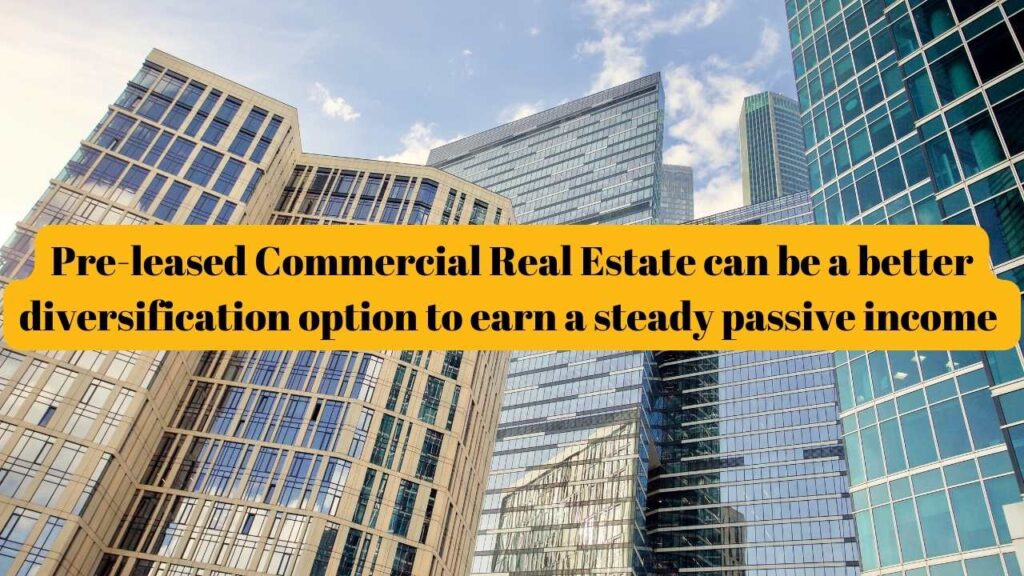Due to the numerous advantages, complete transparency, and safety, investing in CREs is a smart decision. Here are a few things to know about the fractional ownership model.
What Does CRE Mean?
Before delving into the details, let’s see what is the meaning of CRE.
Commercial real estate (CRE) is a kind of investment that is used exclusively for business-related purposes or to have a workspace. It also includes residential real estate.
Commercial real estate has various forms where it can vary from investing in an office space to a residential area, or even a warehouse. Investors and buyers can make money from investing in commercial real estate by leasing it out, or holding it and reselling it.
When it comes to investing in fractional ownership real estate, however, there is no substitute for experience. You can choose wisely regarding CRE investments by considering the factors listed below.
Choose Location by Growth Potential
Making wise decisions when choosing a city and location is essential to long-term value. A report titled “Internal Migration and Urbanization” states that when permanent and semi-permanent migration is considered, the temporary and seasonal migration rate is seven times higher. The micro market’s demographic trends will affect how quickly properties are in demand.
For instance, the micro market’s aging demographic trends will harm the demand for CRE. On the other hand, as the population grows, so does the need for more homes and workplaces. So, picking a place with stability, constant high demand, and low supply is crucial.
Reputation is Important When Selecting a Tenant Profile
Rental income in residential properties is unstable because tenants frequently move out. But, when it comes to commercial properties, big profit-making MNCs and listed tenants are the most reliable because they have long-term leases supported by security deposits and corporate guarantees.
For this reason, selecting tenants with a solid reputation and a thriving business is essential to generating a consistent income.
A Stable Business is One with a Longer Lease Term
Successful tenants will likely have a large workforce, making them more likely to seek out fixed office space with long lease terms. Another crucial factor is the lock-in period, which guarantees revenue visibility up until that time. Since the tenants renovate their own spaces, which results in significant capital costs, they do not want to move because doing so would require a second round of cash outflow.
Find The Right Partner
Look for a property partner who spends money in a high-asset quality structure. Your partner should have a variety of profitable investments in “A” grade assets. It can only be done with in-depth industry knowledge, predictive analysis, and expertise. It is also important to assess the partners’ real estate knowledge and ensure they have the skills to locate, manage, and sell the properties displayed on the platform. As a result, choosing the right partner can drastically alter your investment strategy.
Be Patient
Last but not least, planning and strategy will always pay off in the long run. Being a hard asset, commercial real estate is a limited resource. With time, its value increases, providing investors with a steady source of revenue, long-term growth, and portfolio diversification. Due to a rise in demand for rented office spaces, 75 to 90% of the country’s total office space is leased.






No comment yet, add your voice below!